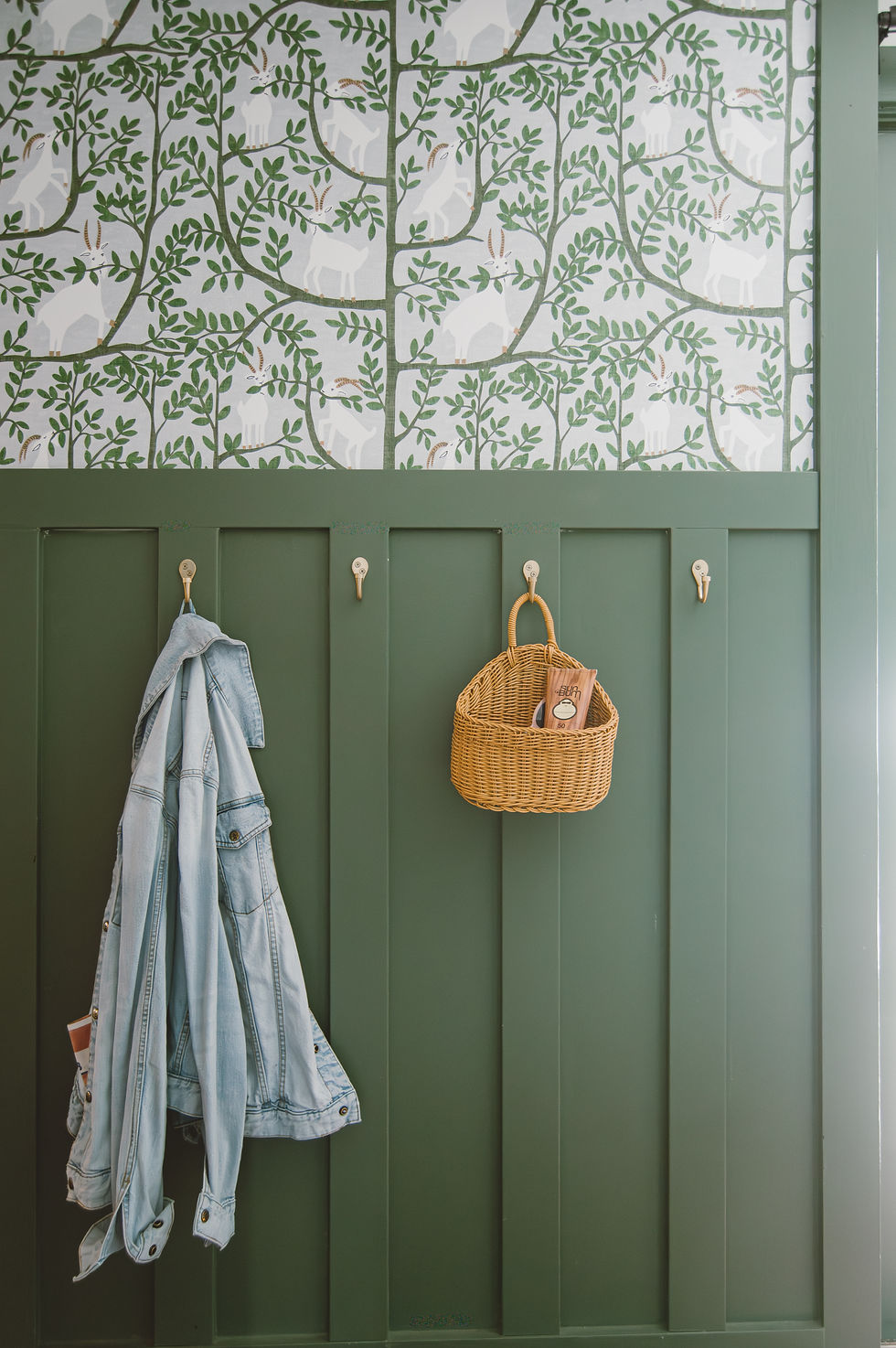Bound & Boo-tiful
- Nina Ross
- Oct 6
- 3 min read
Where little monsters’ masterpieces live forever.
My kids love creating art. Every spare chance they have, one of them is drawing or working on a project—the apple didn’t fall far from the tree. With all their amazing artwork, though, comes the challenge of paper and 3D projects piling up at incredible speed. Now that school is back in session, even more art comes home and adds to the stacks. I’ve tried organizing with bins and totes, but it still takes up so much space.
This year we are trying something new: creating art books. I’ve seen them advertised online, where you send in the artwork and receive a bound book in return, but those start at $59. I love my children’s art, but I would go broke trying to save it all that way- those prices are downright frightening! So, I went looking for something a little less spooky for my wallet.
Instead, I realized we could make our own books for much less using photo services. We often use Snapfish and Shutterfly for photo gifts and projects, and both work perfectly for this idea.

How We Made Our Art Book
1. Choose what to save
Your art book can hold whatever feels meaningful—artwork, certificates, awards, report cards, or special notes from teachers. Our focus was on original art, not coloring pages. We chose pieces they created with imagination, effort, and heart. We also included a few school writing assignments that held memories. For younger children, you might want to highlight seasonal projects or handprint crafts. A mix of everyday doodles and bigger projects makes for a wonderful book.
2. Organize before making the book
Create a “keep box” or folder during the school year. At the end of each month or season, sit with your child and choose favorites. This time, I did one big catch-up book to clear out the pile. Going forward, I’ll photograph their art as it comes home and keep it in a folder on my phone or laptop. Once we have enough saved, I’ll make another book—either one large book for all three kids or individual ones for each child. Think of it as taming the paper monster before it grows too scary to manage!
3. Photograph the art
Take pictures of each piece in a bright spot with a neutral background, like a plain rug, countertop, or sheet of white paper. Be sure not to cast a shadow over the artwork.
4. Choose the maker and design the book
We used Snapfish. I’ve made photo projects with them for years, and their system is quick, easy, and reliable. They also run deals constantly. If the books are full price, wait—there will likely be a sale soon.
To fit more art into fewer pages, I used collage layouts for smaller pieces and full-page templates for bigger projects. The kids loved finding their drawings in the collages, and they were especially proud when one of their pieces filled a whole page.
5. Add creative touches
For our next book, I plan to include a first-day-of-school photo. Each child can have their own book for each year, and one day I can gift them these collections instead of a tub of papers. It would also be fun to let kids add captions or titles in their own handwriting for a personal touch.
I can’t tell you how good it felt to get rid of the giant pile of papers and flip through a finished book instead. These make great gifts for loved ones too. Our total cost was $22.14 (tax included) for an 8x11 hardcover book—a huge savings compared to professional services. And with Halloween around the corner, it feels like we’ve cast a little spell on the clutter and turned it into something beautiful.





Comments